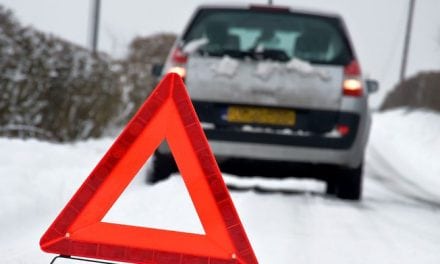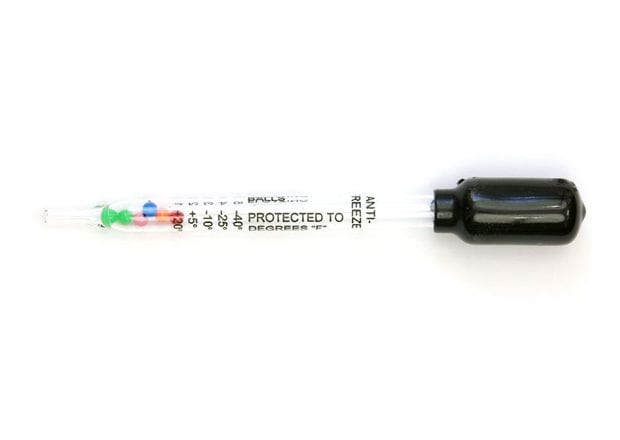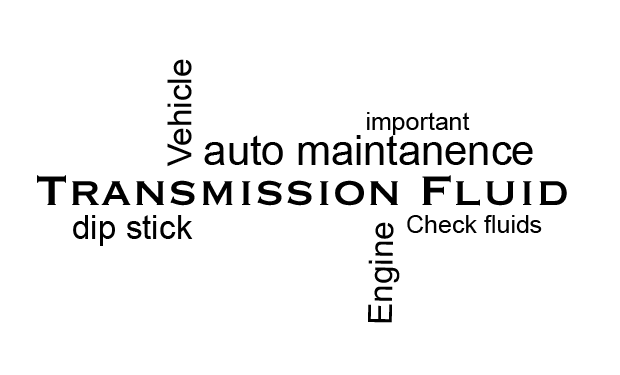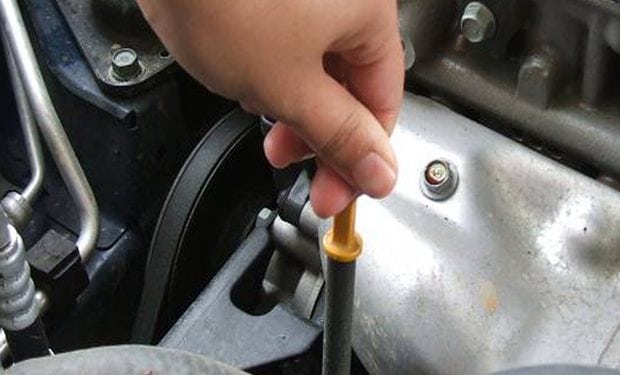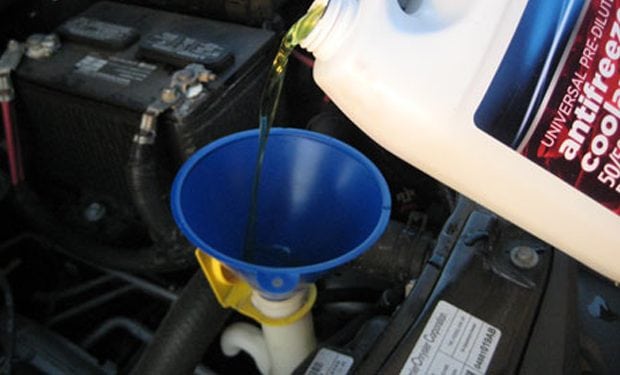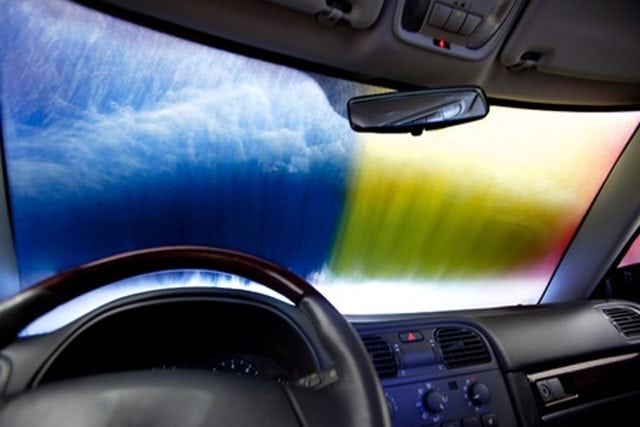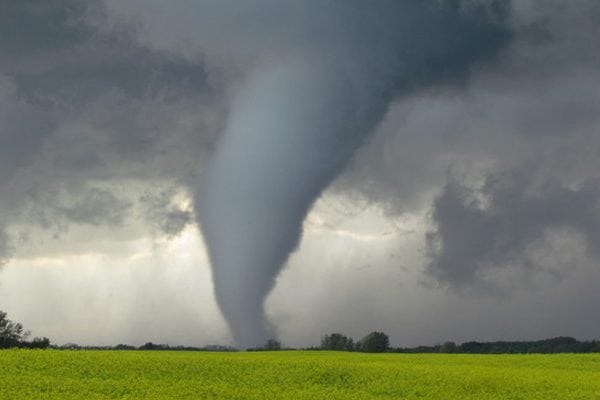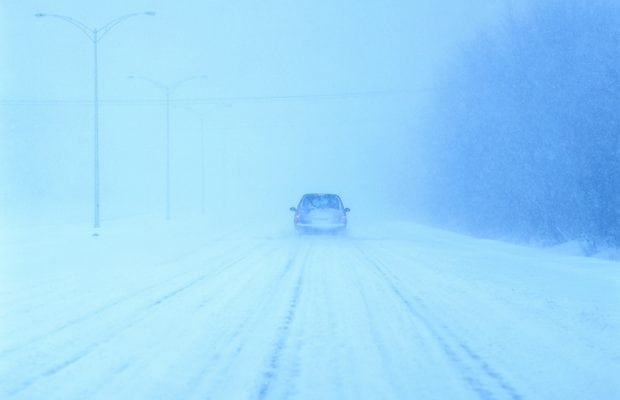
Winterization
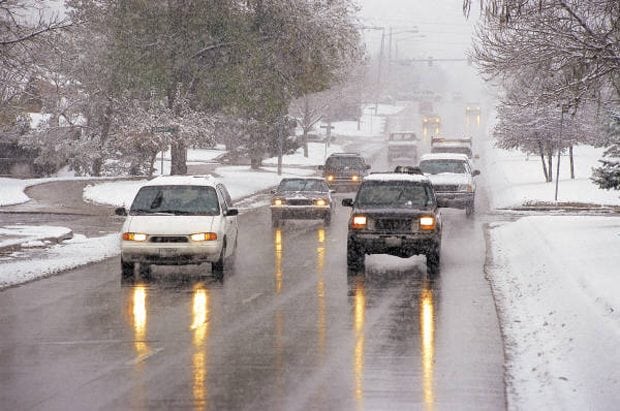
It might seem daunting to think about winterizing your car, especially when you have so much piling up on your plate as winter and the holiday season approach. However, it is worth a couple of hours to make sure your car is ready for the dip in temperatures, rather than ruining half of a day broken down or getting pulled out of a ditch.
1. Check Your Fluids:
* Windshield Washer Fluid: There are windshield washer fluids designed for winter weather that help prevent the fluid from freezing on contact. This is a great winterizing item to add to your vehicle that is low cost and it will help you when you need to defrost your windshield in a pinch.
NOTE: If you get your wiper fluid from an auto shop, it’s possible to get fluid that will freeze. This is not a common problem, but it does happen. Some auto shops get their fluid in bulk and, at times, they can mix in too much water causing your windshield to freeze, possibly ruining your washer pump.
* Antifreeze: 99% of antifreeze (also called coolant) is pre-mixed and maintenance free. You should purchase an anti-freeze mixture of 50 percent anti-freeze to 50 percent water for your car’s radiator. If you are concerned that your anti-freeze is not pre-mixed, anti-freeze testers can be purchased at any auto parts store and typically cost about $5.00. It is probably a better idea to just replace your current anti-freeze with a pre-mixed version, but if you would like to test it, here is some more information.
* Oil: Oil is one of the most important fluids on your car, so it’s just good to check it every once in a while to make sure you don’t have any issues. If you live in an extremely cold region, refer to your owner’s manual about recommended oil grades. You will commonly see 10W-30 used in a normal oil change, which is generally fine for year round use.
2. Check Your Tires: When the weather starts to get colder, you need to check your tire pressure and your tires. If you live in a colder climate, your tire pressure light will often come on in the fall. This is because gas expands when it’s warm so when the weather gets cooler, it contracts, leaving your tires with less air. Tire pressure is not only important for safety, it can also help you save on gas. Tire pressure lights are government mandated because they are that convinced that maintaining tire pressure helps you save gasoline.
Check to make sure your tires have enough tread to gain proper traction on the road. You can check the wear bars on your tires or perform a penny test to see the amount of tread you have left. If your tires are over 5 years old, you may want to replace them, even if you have enough tread. After a certain amount of time, the rubber on your tires will start to dry rot or crack, making them less stable and more prone to issues like a blown tire. If you are unsure of how old your tires are, the date they were manufactured is printed on the side of the tire.
If you live in an area that gets a lot of snow, there are special snow tires that rid themselves of snow as the tire rolls. These special tires are especially helpful if you live in rural areas that do not get plowed often.
NOTE: A tire’s PSI (pounds per square inch) will shrink by 1 for every 10 degrees the temperature decreases. If your tires were barely in the acceptable range, you may find yourself with under-inflated tires.
3. Windshield Wiper Blades: Much like tires, the rubber on your wiper blades will crack and go bad over time. They will usually last about a year. Colder weather is hard on the rubber, so if your wipers are already bad, it’s good to replace them before winter.
4. Get the Hinges Ready: Any form of moisture that collects on your car can freeze a door so tight even Mr. Universe couldn’t get it open. Applying a lubricant barrier will help keep your doors swinging in even the coldest of weather. Lubricants like WD-40 sprayed onto trunk and door hinges will ensure that you won’t need to take up body building this summer to get into your car come winter.
![]() TIP: If your lock is frozen, use a lighter or a match to heat the key briefly. Then put it into the lock and turn gently. You can also use a lock de-icer or, if you are near an outlet, grab your trusty hair dryer and get to work.
TIP: If your lock is frozen, use a lighter or a match to heat the key briefly. Then put it into the lock and turn gently. You can also use a lock de-icer or, if you are near an outlet, grab your trusty hair dryer and get to work.
 5. Charge or Change the Battery: Batteries seem to go bad more often when there is a major shift in weather, especially when it gets cold. Starting a car in cold temperatures requires more power from your battery. Make sure it is properly charged and this may keep you from being late to work the first time a cold front moves in, or at least it won’t be because your car is dead. If your battery is four or five years old, you may want to check the charge. Batteries will often need replacement after 5 years of life. Most auto service providers will check your battery for free.
5. Charge or Change the Battery: Batteries seem to go bad more often when there is a major shift in weather, especially when it gets cold. Starting a car in cold temperatures requires more power from your battery. Make sure it is properly charged and this may keep you from being late to work the first time a cold front moves in, or at least it won’t be because your car is dead. If your battery is four or five years old, you may want to check the charge. Batteries will often need replacement after 5 years of life. Most auto service providers will check your battery for free.
6. Prepare an emergency kit: Get an emergency kit together to store in the back of your car.

